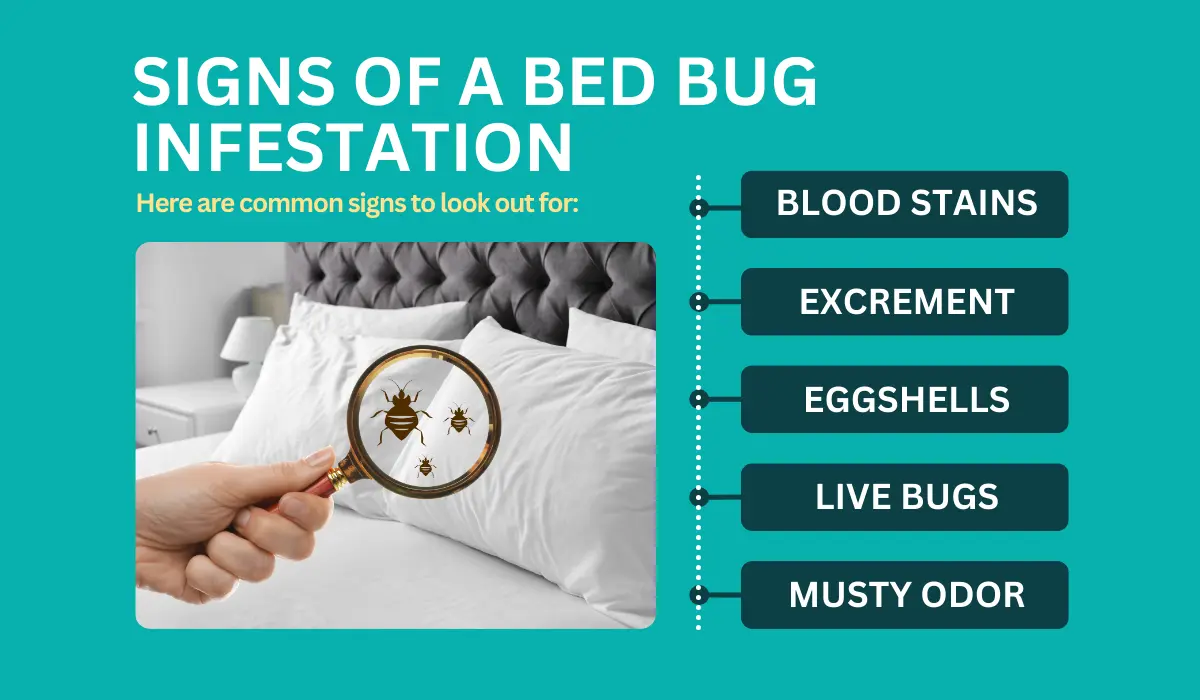How Long Can Bed Bugs Live Without Feeding?
Ever wondered how long those pesky bed bugs can stick around without having a meal?
Bed bugs can live anywhere from 20 to 400 days without feeding, depending on their life stage and environmental conditions.
These tough little critters have adapted to survive in various situations, making them even harder to get rid of once they’ve invaded your space.
What factors influence their survival rates? Keep reading to find out what makes these pests so durable and how you can protect your home.
Key Takeaways
- Bed bugs can live without a food source for up to 400 days, and their survival is influenced by factors such as temperature, humidity, and life stage.
- Bed bugs manage long periods without feeding by reducing their metabolism, utilizing stored nutrients, and entering a dormant state similar to hibernation.
- Ideal conditions for bed bug survival include temperatures between 70°F and 80°F and humidity levels between 70% and 80%.
How Long Can Bed Bugs Live Without Food?
Bed bugs can survive for extended periods (from 20 to 400 days) without feeding on a blood meal. Female bed bugs might have a slightly reduced tolerance due to prioritizing nutrients for egg production, but the difference is likely minimal.
Bed bugs are highly resilient insects capable of surviving long periods without feeding. Here’s how they accomplish this:
Reduced Metabolism: Bed bugs lower their metabolic rate to conserve energy when food is scarce.
Stored Nutrients: They use nutrients from previous meals efficiently to sustain vital functions during periods without food.
Dormant State: They can enter a state akin to hibernation, minimizing their activity and energy needs.
What Are the Signs of a Bed Bug Infestation?

Indicators can be subtle, making it easy to overlook the early stages of an infestation. Here are common signs to look out for:
- Blood Stains: Small red or rusty spots on bed sheets or mattresses.
- Excrement: Tiny dark spots around mattress seams or baseboards.
- Eggshells: Small, pale yellow shed skins found in crevices.
- Live Bugs: Adult bed bugs are tiny and often seen in folds of fabric.
- Musty Odor: A distinct, unpleasant smell can sometimes be detected in heavily infested areas.
How to Prevent Future Infestations
Preventing bed bug infestations involves regular maintenance and careful hygiene practices at home and while traveling.
Routine Inspection and Maintenance
Knowing where bed bugs like to hide and how they get inside the home can help in taking preventative measures effectively.
To help catch any potential problems early before they turn into full-blown infestations, small, regular checks can include:
Maintenance Tasks | Details |
Inspect common hiding places | Check mattresses, couches, box springs, and bed frames for signs of bed bugs. |
Seal potential entry points | Use caulk to seal cracks and crevices in walls and floors. |
Maintain cleanliness | Keep the living spaces decluttered and vacuum regularly. |
Use protective covers | Enclose mattresses and box springs in bed bug-proof encasements. |
Monitor before bringing in second-hand items | Inspect furniture and clothing before bringing them indoors. |
Best Practices for Travel and Home Hygiene
Traveling is a common way bed bugs spread. To significantly decrease the likelihood of bringing bed bugs back, good hygiene at home and while traveling include:
- Inspect hotel rooms: Check the mattress, headboard, and other furniture.
- Use luggage racks: Keep luggage elevated and away from the bed.
- Store clothes in plastic bags: Use sealed plastic bags to keep clothes safe.
- Unpack directly into the washer: Wash clothes at the highest temperature upon returning home.
- Maintain home hygiene: Regularly clean the home and wash bedding in hot water.
How to Get Rid of Bed Bugs
Getting rid of bed bugs can be challenging. Effective methods include both DIY solutions and professional pest control services.
DIY Pest Control
While DIY bed bug control isn’t always the most effective solution, it can help improve the problem while you wait for professional services. To tackle a bed bug problem at home, consider the following approaches:
Heat Treatments: Wash all infested bedding and clothing in hot water (at least 120°F) and then use the highest dryer setting.
Pesticides: Use bed bug-specific pesticides. Follow instructions precisely for safety and effectiveness.
Vacuuming: Regularly vacuum infested areas, especially along mattress seams and baseboards.
Sealing Cracks: Seal any cracks and crevices where bed bugs could hide to reduce their hiding spots.
Professional Pest Control Solutions
Professional pest control services offer thorough and systematic approaches to bed bug control. Exterminator processes often include the following:
Services | Details |
Inspection | A thorough inspection to locate all infested areas |
Heat Treatments | High-temperature treatments that eliminate bed bugs at all life stages |
Chemical Treatments | Use of strong, effective pesticides not accessible to homeowners |
Follow-Up Visits | Scheduled check-ups to ensure bed bugs do not return |
When to Call a Professional
If you're noticing multiple bed bug bites on your skin and finding small blood stains or dark spots on your bedding, it might be time to consider callinga professional pest control company (like us at Native Pest Management).
As professionals, we have access to treatments unavailable to the general public. Bold steps and clear actions are crucial when dealing with bed bugs. Don’t hesitate to seek our help when necessary.
